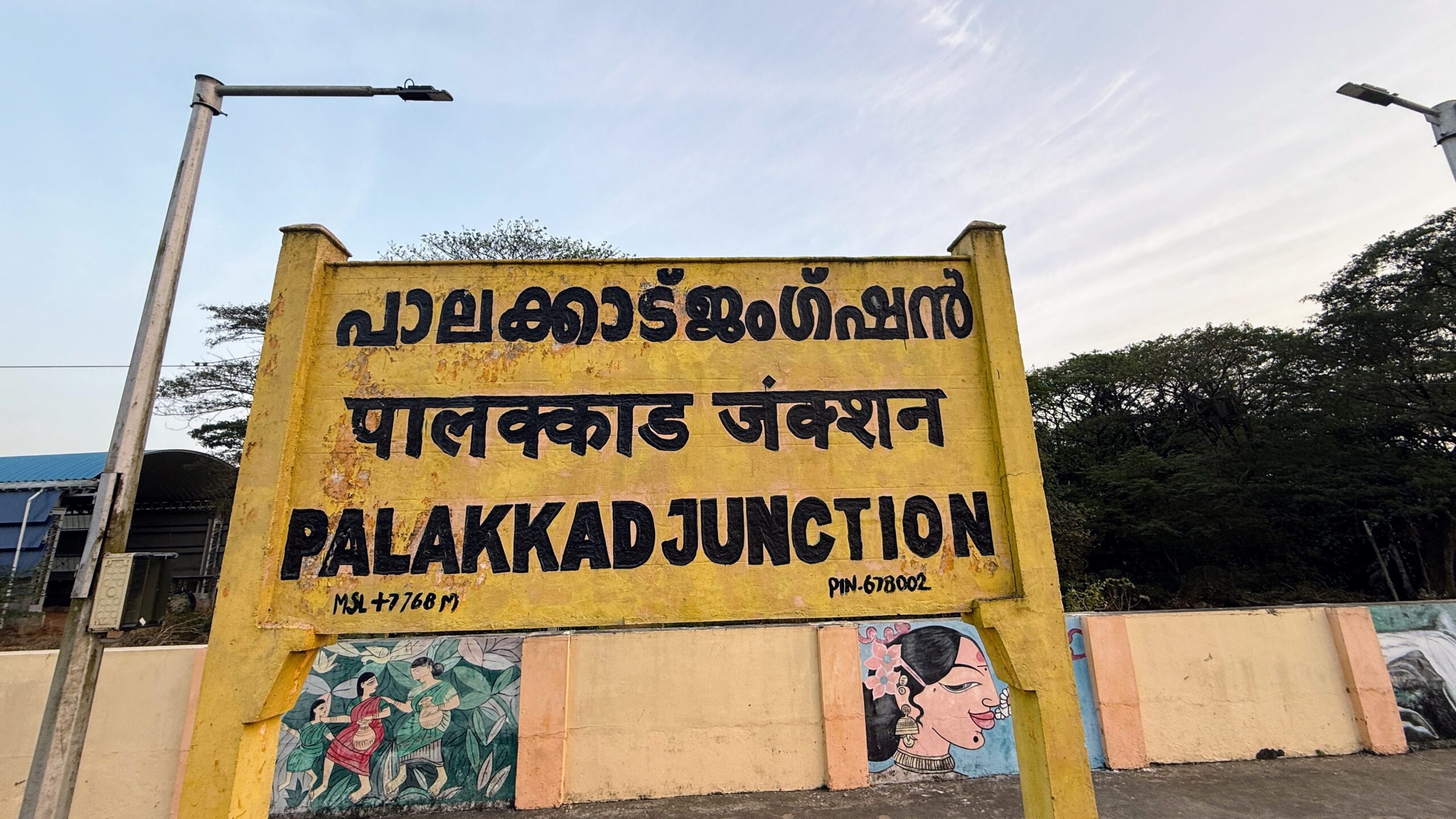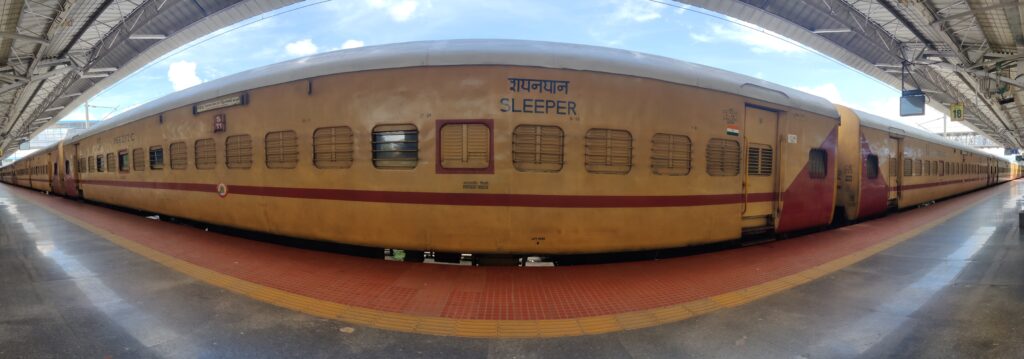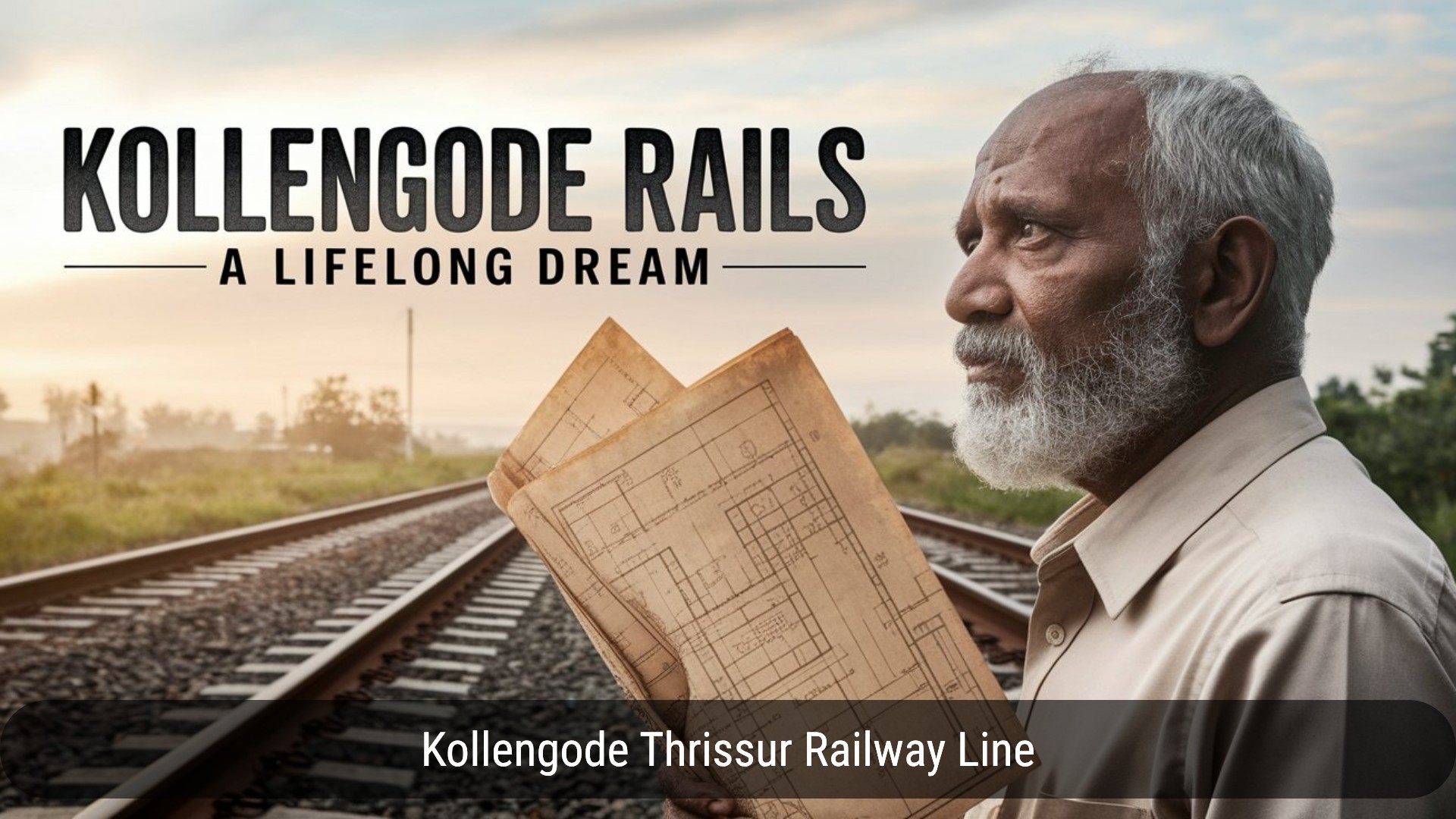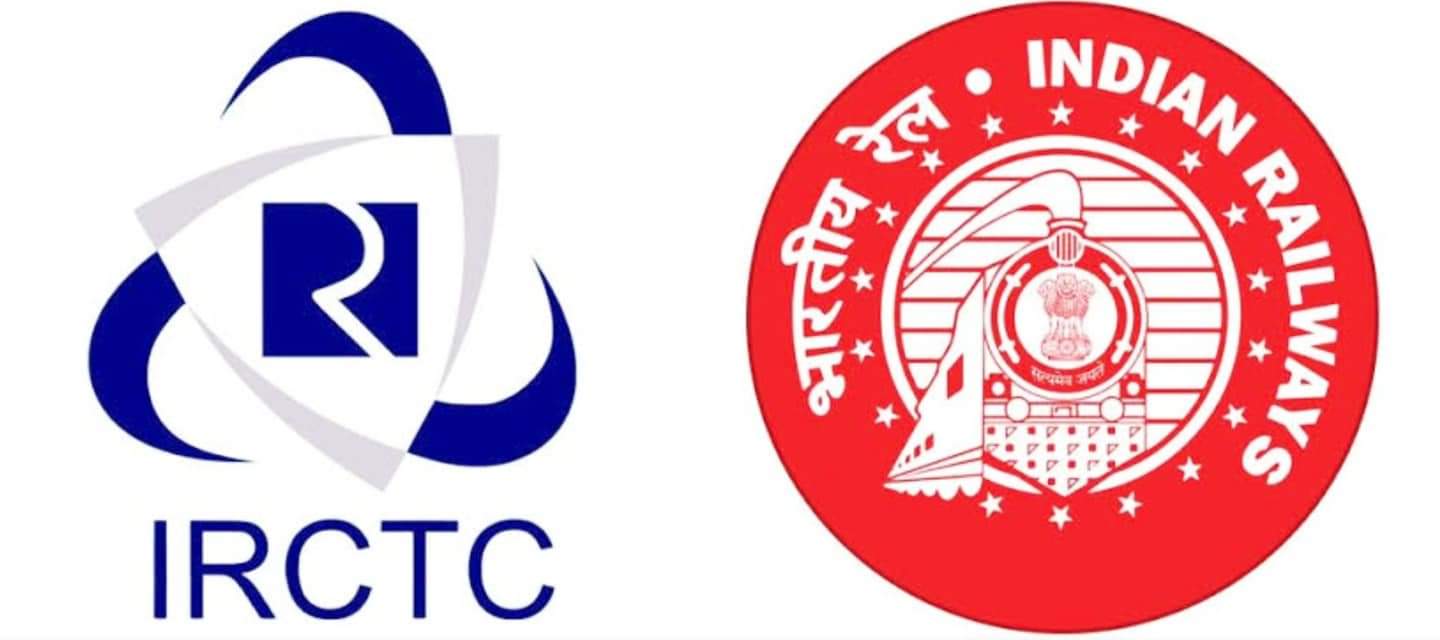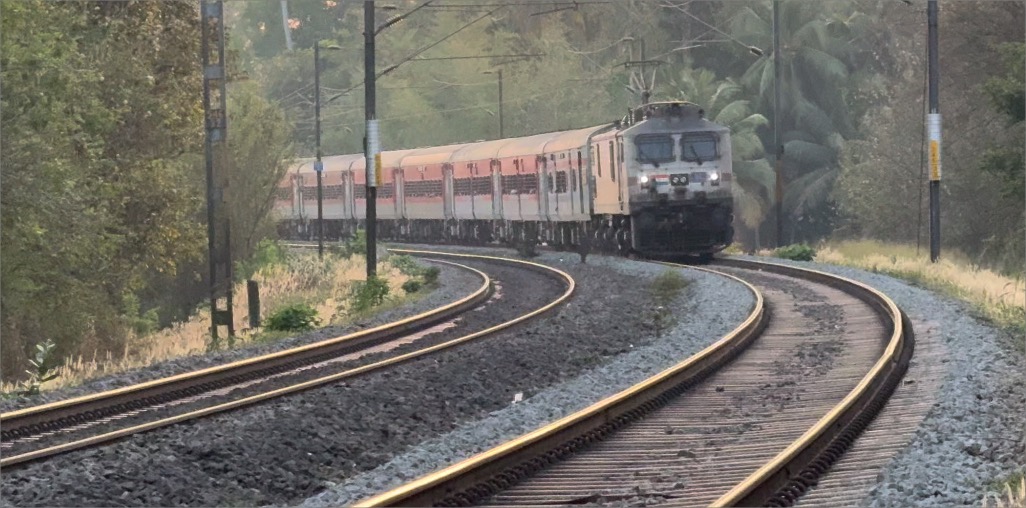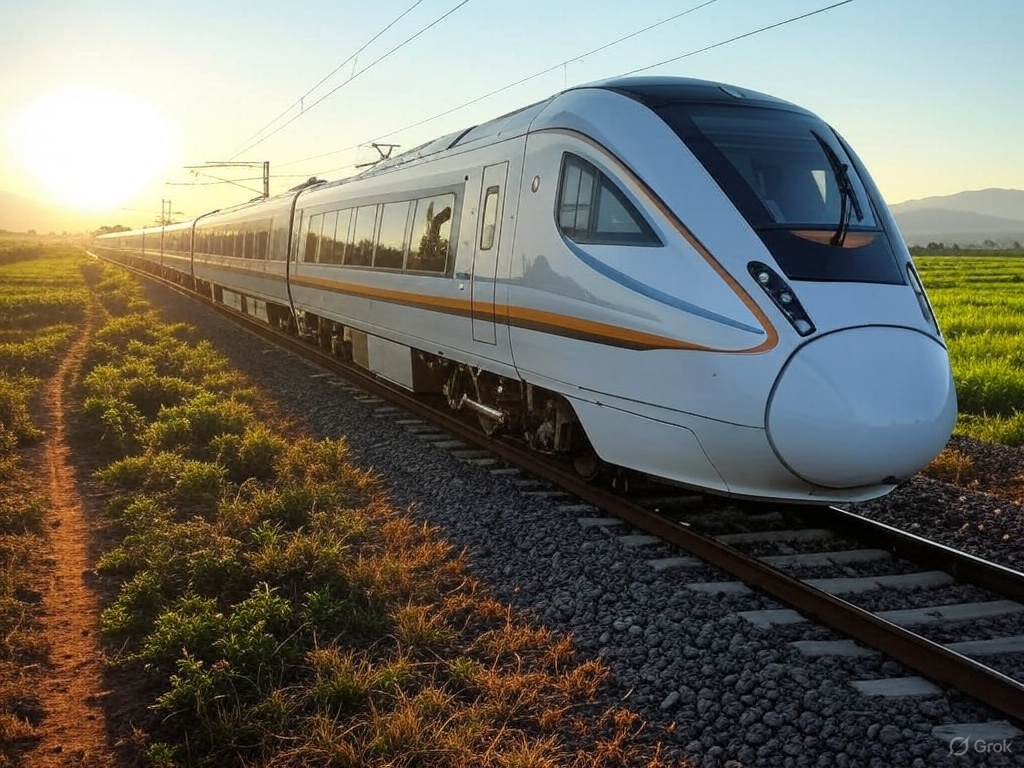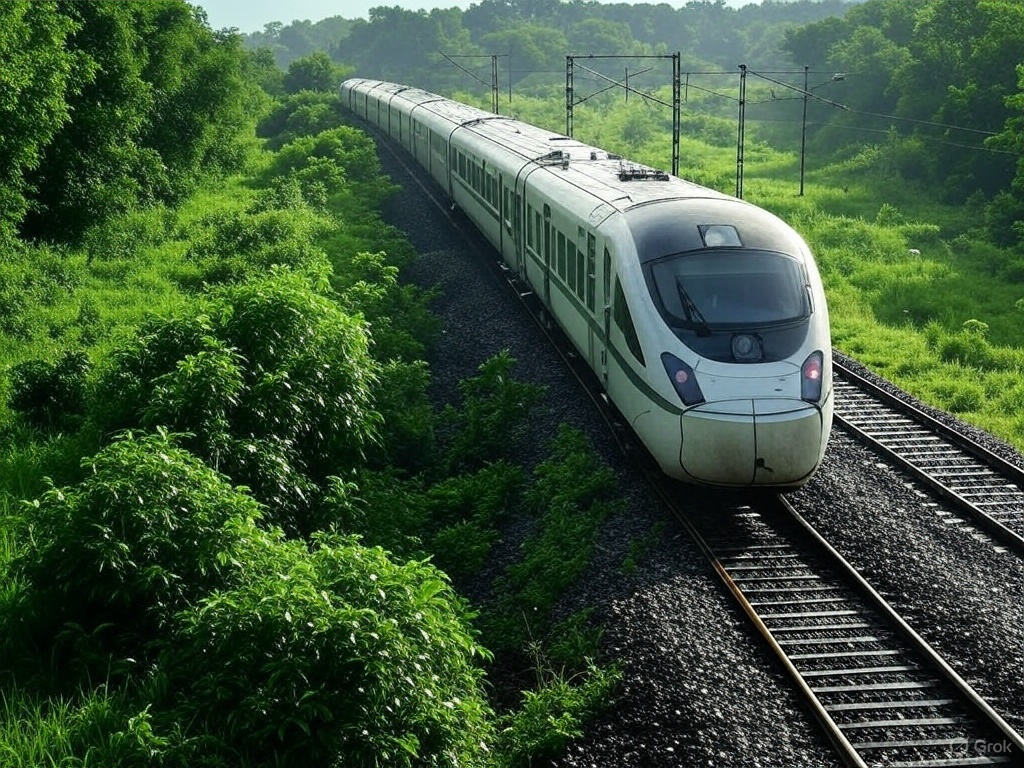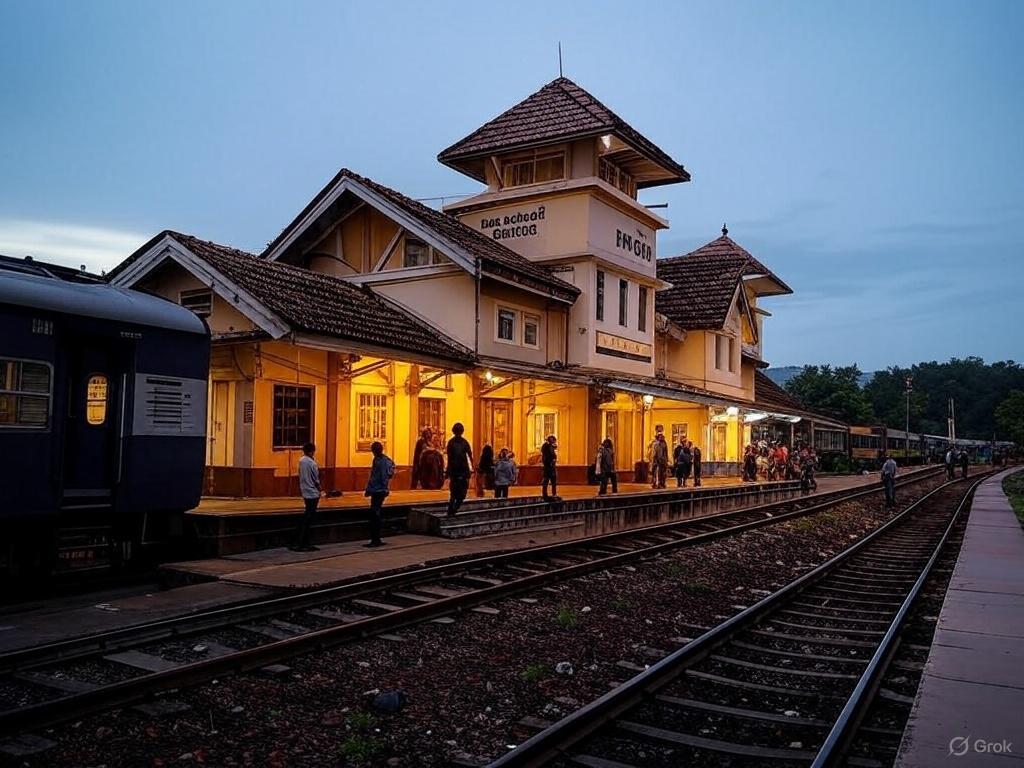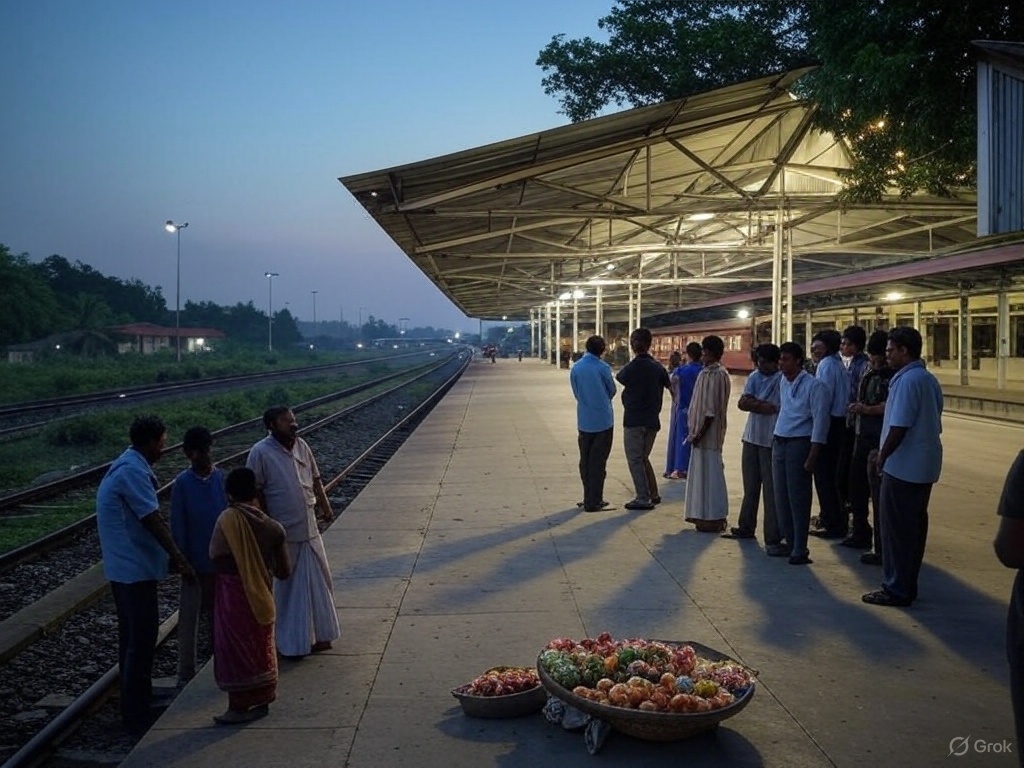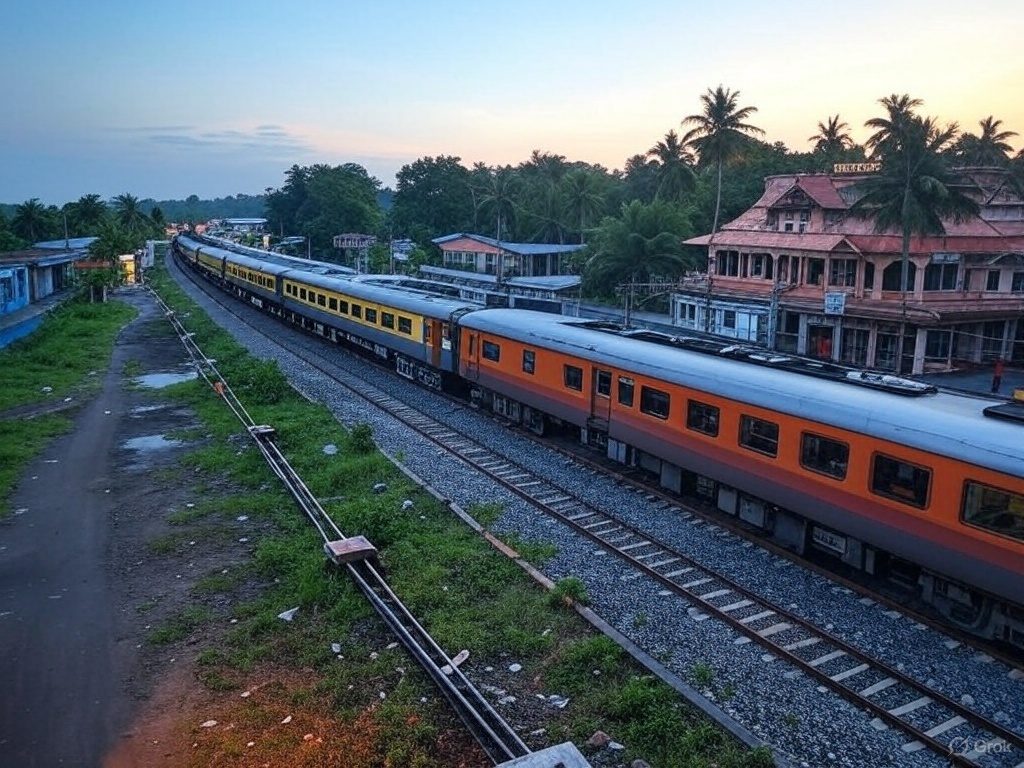The Ultimate Guide to Railfanning: Tips and Best Spots
Railfanning, the art of photographing, observing, and documenting trains as they pass through various locations, has grown into a beloved hobby for many. Enthusiasts enjoy exploring rail lines, capturing the aesthetic beauty of trains, and connecting with a community that shares their passion. This guide serves as a comprehensive resource for prospective railfans, outlining essential insights, tips, and prime locations for railfanning across the globe.
Understanding Railfanning
Railfanning encompasses much more than just watching trains; it involves a certain lifestyle and appreciation for the railroads’ historical significance and modern advancements. Enthusiasts often travel to various locations to gather knowledge, photographs, and experiences related to these massive machines and their operations. The allure of railfanning lies not only in the trains themselves but also in the stories they tell about the regions they traverse and the people who rely on them for transport and commerce.
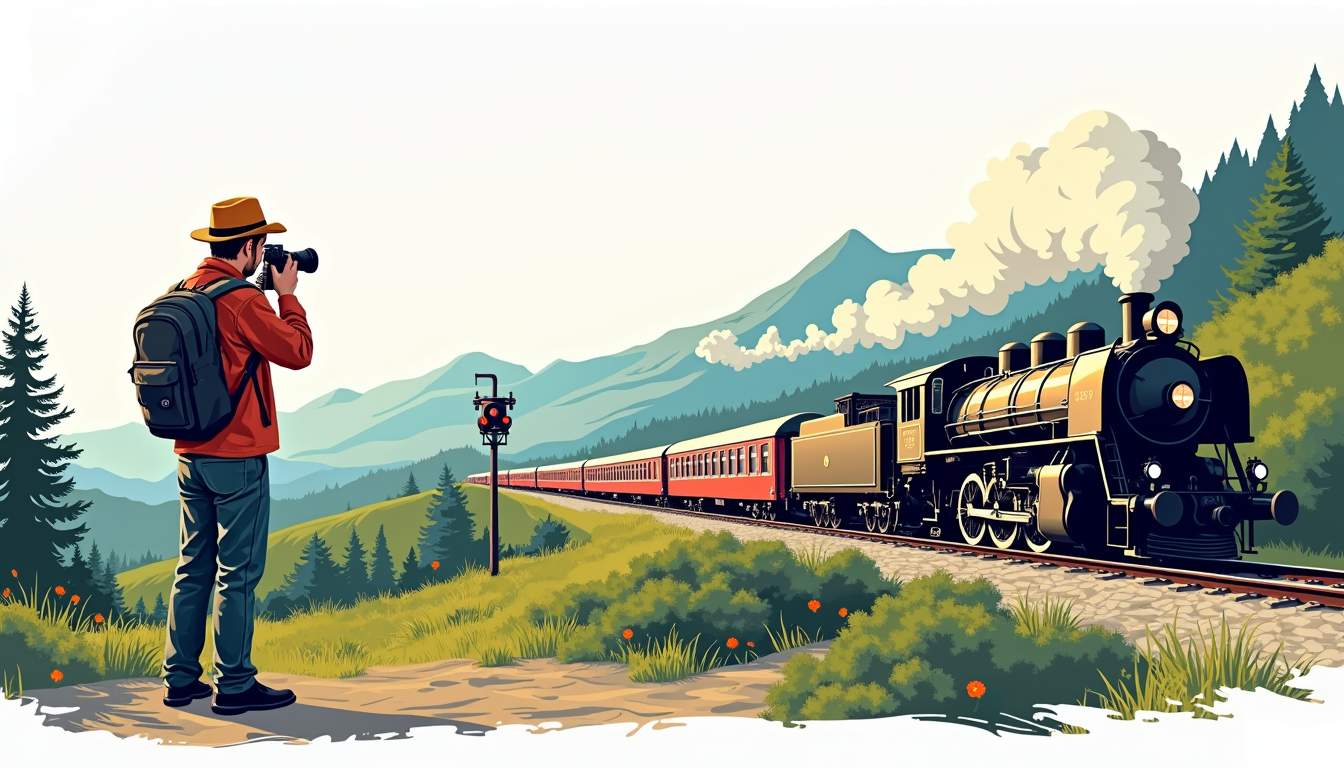
What is Railfanning?
At its core, railfanning revolves around the observation of trains and railway operations. This can include various activities, from taking photographs of passing trains to collecting and sharing railway-related memorabilia. Railfans often document their adventures through photography and written accounts, sharing their experiences with others online or in clubs. Many enthusiasts also engage in train spotting, where they identify and record the types of trains, their numbers, and the routes they take, often contributing to databases that track train movements across the country.
The History of Railfanning
The practice of railfanning can trace its roots back to the advent of rail transportation in the 19th century. As trains became more prevalent, so too did the number of enthusiasts eager to document them. Over the decades, railfanning has evolved from simple observation to a multifaceted hobby that includes technology, photography, and community engagement. The introduction of digital cameras and social media has transformed how railfans share their passion, allowing for instant connectivity and the exchange of information across vast distances. This evolution has also led to the rise of specialized events, such as rail festivals and conventions, where fans can meet, trade memorabilia, and celebrate their shared interests.
Why People Love Railfanning
People are drawn to railfanning for many reasons. Some enjoy the thrill of watching powerful locomotives as they traverse scenic landscapes. Others appreciate the technical aspects of trains and the railway industry. Additionally, railfanning can foster a sense of community, where enthusiasts gather at popular spots to connect and share their mutual love for trains. The camaraderie built among railfans often leads to lifelong friendships, as they bond over shared experiences and knowledge. Furthermore, many railfans find joy in the challenge of capturing the perfect photograph or spotting a rare locomotive, which adds an element of excitement and adventure to their outings. The diversity of trains, from vintage steam engines to modern high-speed rail, provides endless opportunities for exploration and discovery, making railfanning a continually engaging hobby.
Essential Railfanning Equipment
Having the right equipment is crucial for any railfan aiming to capture the perfect moment on their adventures. While some items are fundamental, others can significantly enhance the railfanning experience. Below are some essential tools of the trade.
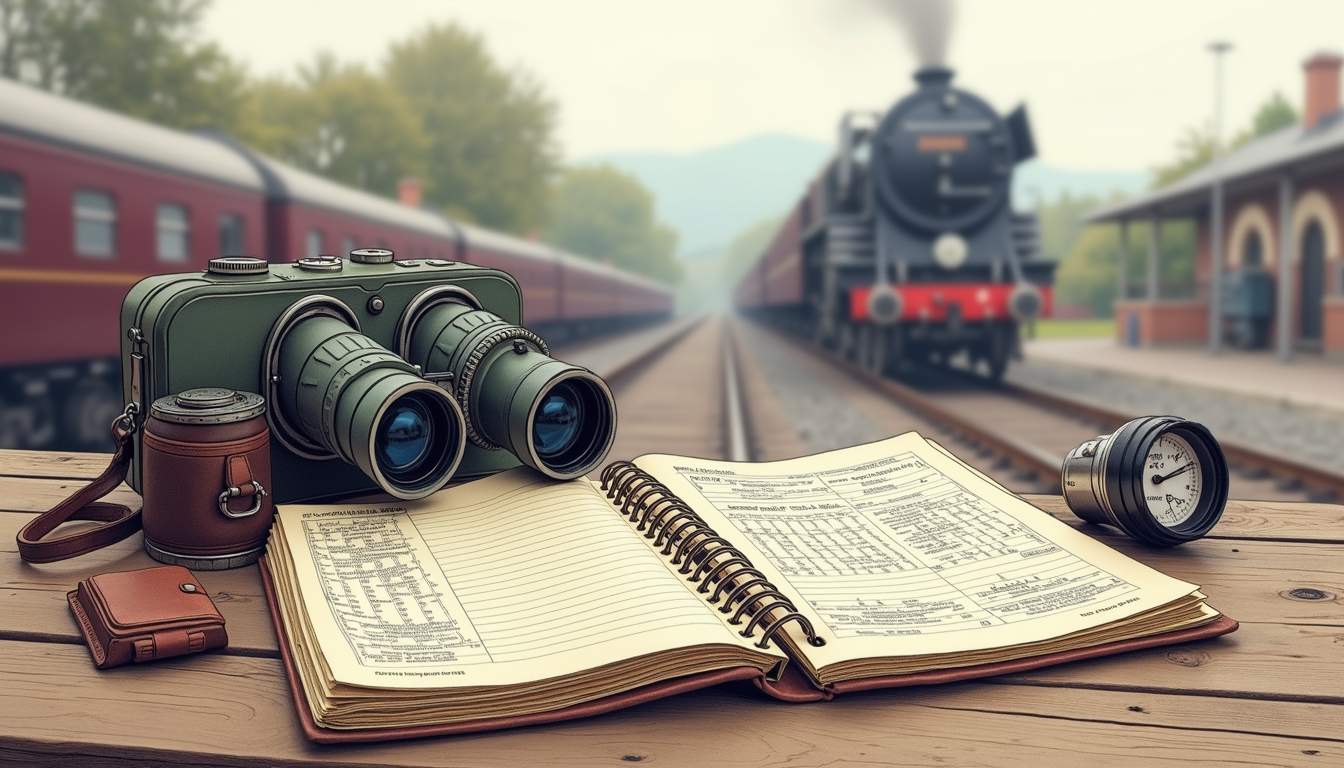
Choosing the Right Camera
Photography is a cornerstone of railfanning, and selecting the right camera can make a considerable difference in the quality of your shots. Many railfans opt for digital SLR (DSLR) cameras or mirrorless cameras, which offer superior image quality and versatility. A zoom lens is highly recommended, as it allows you to capture trains from a distance without sacrificing detail. Additionally, consider investing in a tripod or a monopod to stabilize your shots, especially in low-light conditions or when capturing high-speed trains. Experimenting with different settings, such as shutter speed and aperture, can also yield stunning results, allowing you to freeze the action or create a sense of motion in your photographs.
Safety Equipment for Railfanning
Safety cannot be overstated in the realm of railfanning. Wearing appropriate clothing and gear, such as high-visibility jackets and sturdy footwear, is essential. It’s also important to carry a first aid kit for emergencies and to ensure that any location you visit adheres to safety regulations. Be mindful of your surroundings, and always stay a safe distance from the tracks. Additionally, consider bringing a whistle or a personal alarm to alert others in case of an emergency. Understanding the signals and signs used by railroads can also enhance your safety and awareness, allowing you to anticipate train movements and avoid potentially hazardous situations.
Other Useful Tools for Railfanning
Aside from cameras and safety equipment, there are several supplementary tools that can enhance your railfanning experience:
- Notebook and pen: Document your sightings, thoughts, and experiences during your excursions. Keeping a detailed log can help you track your favorite trains and routes over time.
- Binoculars: Enhance your ability to spot unique trains from a distance. A good pair of binoculars can also help you observe the intricate details of train operations, such as crew activities and maintenance work.
- Scanner: Listen in on locomotive communications for an insight into ongoing operations. This can provide valuable context for what you are witnessing and may even alert you to upcoming trains.
Moreover, a portable charger or extra batteries for your devices can be a lifesaver during long outings, ensuring that you never miss a moment due to a dead battery. Some railfans also find it beneficial to carry a lightweight folding chair for comfort during extended waits, allowing for a more enjoyable experience as you immerse yourself in the sights and sounds of the railways. With the right equipment and preparation, your railfanning adventures can be both safe and rewarding, filled with memorable moments and stunning captures.
Tips for Successful Railfanning
To truly embrace the railfanning experience, it’s helpful to have a few tips and tricks under your belt. Knowing the best times to visit certain spots and understanding train operations can elevate your experience significantly.
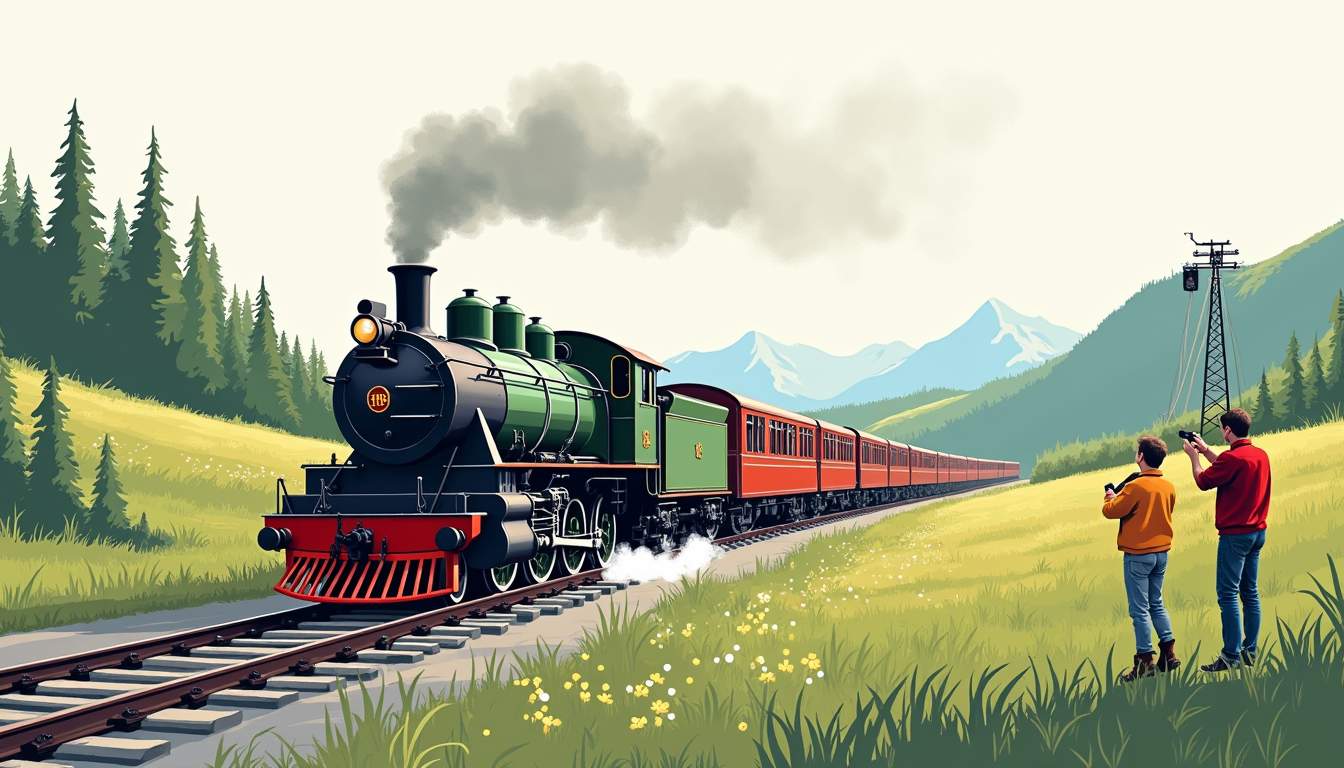
Best Times for Railfanning
Timing plays a critical role in railfanning. Most railroads generally have peak hours during rush hour, which can vary depending on the region and type of trains. Early mornings or late afternoons are often ideal for both light conditions and train frequency, offering excellent opportunities for taking stunning photographs. Additionally, weekends can sometimes provide a different experience, as freight trains may operate on a different schedule, leading to unexpected finds. Checking local schedules or online forums can also help you plan your visits around special events or excursions that may feature vintage or rare locomotives.
How to Spot Unique Trains
Part of the excitement of railfanning is discovering unique or heritage trains. To enhance your chances of spotting these rarities, consider joining local railfan groups or utilizing apps that track trains in real time. Moreover, familiarize yourself with the historical and operational aspects of your local railroads, as this knowledge will make your outings more fruitful. Engaging with fellow enthusiasts can also provide insights into less-traveled routes where special trains might be operating. Many railfans document their finds on social media, which can serve as a great resource for discovering where and when unique trains are likely to appear.
Respectful and Safe Railfanning Practices
As a railfan, it is imperative to practice respect for both the railway environment and local communities. Always stay within legal areas and avoid trespassing on private property. Being courteous to railroad workers and nearby residents fosters goodwill and helps maintain a positive reputation for the railfanning community. Additionally, consider the safety aspects of your outings; always be aware of your surroundings, keep a safe distance from the tracks, and never attempt to cross active rail lines unless it’s designated for pedestrian use. Carrying a first aid kit and informing someone of your location can also be wise precautions, especially when exploring more remote railfanning spots.
Best Railfanning Spots Around the World
For those who are dedicated to the craft of railfanning, exploring the best locations worldwide is a thrilling venture. Whether you prefer urban settings with bustling train stations or scenic countryside routes, there are countless exceptional spots to visit.
Top Railfanning Locations in Palakkad District, Kerala
Palakkad District in Kerala, known for its rail connectivity and scenic landscapes, offers some fantastic spots for railfanning enthusiasts, such as:
- Mankara Railway Station:
A serene and scenic location ideal for spotting express and freight trains speeding through. The surrounding greenery enhances the railfanning experience.
- Olavakkode Junction (Palakkad Junction):
As a major railway hub, this station is bustling with activity. It serves as a gateway connecting Kerala with Tamil Nadu, offering opportunities to observe both long-distance express and goods trains.
- Malayampallam Rail Road Cross (near Kollengode):
A lesser-known but charming spot near Kollengode, Malayampallam railway gate offers a unique vantage point to see trains passing amidst the rural landscapes of Palakkad.
- Parali Railway Station:
This station, located near Palakkad town, is an excellent spot to capture both passenger and freight trains passing through. Its peaceful surroundings attract rail enthusiasts looking for a quieter experience.
- Kanjikode Railway Station:
Located near the industrial belt, Kanjikode is an important freight hub. The sight of goods trains transporting industrial cargo makes this station a fascinating place for railfanning.
- Lakkidi:
Known for its scenic beauty, Lakkidi offers rail enthusiasts a chance to watch trains pass through picturesque settings, including views of nearby hills and plantations.
- Mannannur:
A small but charming location, Mannannur is perfect for those who enjoy railfanning in a rural, tranquil environment with minimal disturbances.
- Palappuram:
This spot, located near Ottapalam, provides opportunities to capture trains amidst the greenery and traditional village ambiance. Frequent train movements make it a favorite among local railfans.
Top Railfanning Locations in North America
North America boasts a rich railroading history, with numerous locations renowned for their railfanning opportunities, such as:
- Trackside in Chicago, Illinois: A hub for rail traffic, it’s an excellent place to catch freight and passenger trains.
- The Santa Fe Railway in New Mexico: Known for its stunning landscapes, this area offers breathtaking views of trains against a backdrop of striking deserts and mountains.
- Union Station in Washington, D.C.: This historic station is not only architecturally beautiful but also sees a high frequency of trains coming through.
Must-Visit Railfanning Spots in Europe
Europe is home to vibrant rail networks rich in history and innovation. Some iconic railfanning destinations include:
- St. Pancras International, London: A beautiful structure and a major hub for international trains.
- The Rhine Valley, Germany: Known for picturesque landscapes and frequent trains along the river.
- Gare de Lyon, Paris: A stunning historic station with a high volume of train traffic.
Exploring Railfanning in Asia
Asia offers a unique perspective on rail transport and is home to some fascinating railfanning spots, such as:
- Shinkansen lines in Japan: The bullet trains are not only a technological marvel but operate on many scenic routes.
- Beijing Railway Station, China: This bustling station serves a vast network of trains across the country.
- Kuala Lumpur Sentral, Malaysia: A major transport hub providing a glimpse into the rich diversity of rail transit in Asia.
In conclusion, railfanning is a rewarding hobby that combines adventure, photography, and a deep appreciation for trains and their histories. With the right equipment, respect for safety practices, and an adventurous spirit, you can embark on countless journeys exploring railroads, from your local tracks to international destinations. Happy railfanning!
Join Palakkad Roads & Rails on Our Journey
As you delve into the world of railfanning, let Palakkad Roads & Rails be your guide and companion. We share your passion for the adventure and beauty of trains, and we’re dedicated to fostering road safety awareness. By subscribing to our YouTube Channel, you become part of a community that values the rich history of railroads and is committed to safer travel for all. Embark on this exciting journey with us and help us spread the joy and knowledge of railfanning while contributing to a safer road environment for everyone.



